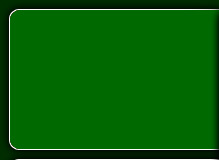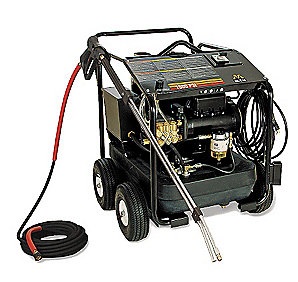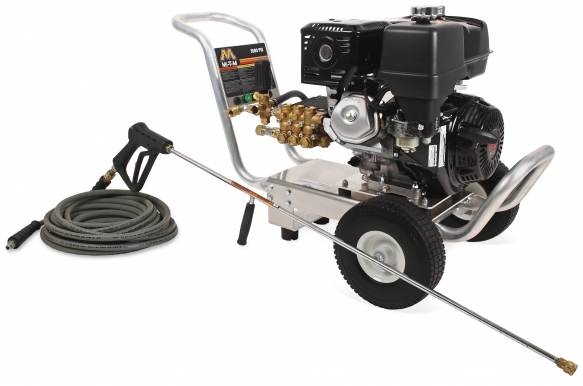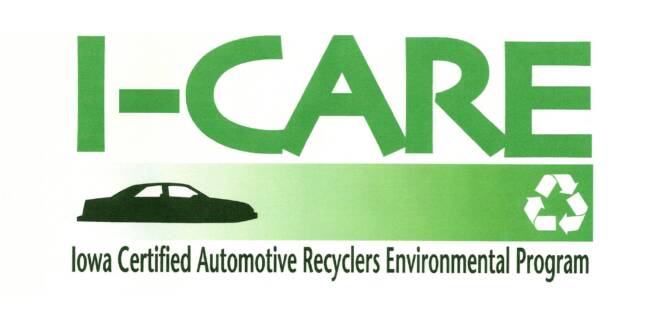MENU
Parts Washing
Mi-T-M Pressure Washer from the Grainger Catalog
Mi-T-M is based in Peosta, Iowa - www.mitm.com
ARA's BizUnite Program offers Grainger discounts
Grainger offers helpful tips on many products such as Choose the Right Pressue Washer
Wash water or wastewater from water-based parts cleaning can create many issues at an automotive salvage facility depending on the style of washing and the method of disposal.
Wastewater may be generated from an enclosed cabinet washer that uses hot soap and water to blast off grease and grime much like a dishwasher. A sink-top aqueous parts washer similar to a solvent-based parts washer may be used with the technician cleaning the part by hand with a spigot, wand or brush in a flow-over style in a sink basin. The far most common style of water washing parts is using a power washer for large parts. Each of these parts washing styles create different compliance issues for waste management and disposal.
Adding to the complexity of water washing parts is the disposal method. A facility on city sewer will have more and possibly less expensive options for disposal of wastewater than a shop on septic system. Also sludge accumulated from the washing process as sump sludge or in a catch basin is also a regulated waste to be managed. Outdoor power washing on the ground is not acceptable and is a violation of the Clean Water Act for wastewater disposal and your storm water permit.
Disposal Methods basically break down to 1) those on city sewer and 2) those on septic systems.
Septic systems are for sanitary waste only. Acceptable discharge from an automotive salvage facility would include wastewater from the bathroom such as toilet and sink discharge, kitchen sinks and other hand washing stations and mop water. Commercial wastewater from parts cleaning, car washing or shop floor hose-down are not allowed to discharge to a septic system. Shop floor drains currently connected to a septic system should be disconnected by either plugging the drain or by re-routing the water to a holding tank for future disposal.
Direct discharge to city sewer is allowable with permission from the local publicly owned treatment works or POTW authority. Some local authorities will require written permission for parts wash water discharge to city sewer. Others have annual reporting requirements that may or may not require laboratory analysis. Direct discharge means the parts washer is hard-plumbed to a drain (usually for a cabinet style washer) or a floor drain receives wash water. Storm water runoff or rain is NOT allowed to be sewer discharged. The volume is simply too much for the system to handle and it is in violation of the storm water regulations.
Sump Sludge generated from the clean out of a floor drain pit is subject to determinations as either a hazardous waste or a non-hazardous waste. This is done through laboratory analysis of a sample of the waste or by thorough knowledge that the waste stream is non-hazardous. The most conservative way to make the determination is to take a sample at your facility and send it to the lab for analysis of the eight heavy metals and the VOCs commonly found in automotive waste. As discuss on the ENVIROnmental overview page.
Sue conducted an analysis of automotive sump sludge while at the university so until such time as the facility's waste is tested, the Waste Analysis of Sump Sludge report may be maintained as a reference of thorough knowledge that the waste is non-hazardous based on the fact that the facility is well-maintained and does not use chlorinated cleaners similar to the study subjects with non-hazardous sump sludge.
Non-hazardous sump sludge can be removed by a local septic hauler in compliance with the local POTW rules.






